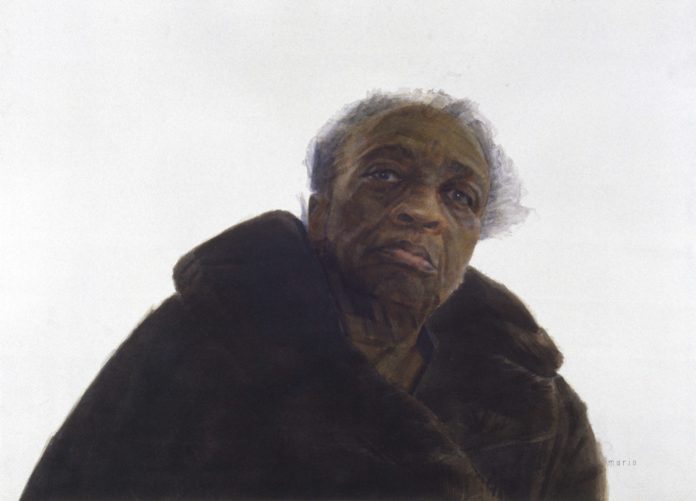From oil to pastel to watercolor, Mario Robinson explains how his body of work (in media and in subject) could be likened to the acts of a play: rising action, climax, and resolution.
Watercolor Art and the Power of Change
BY MARIO ROBINSON
Browse Mario’s art video workshops here at PaintTube.tv
An act is a part of a play defined by elements such as rising action, climax, and resolution.
A scene is a part of an act defined with the changing of characters. This definition could easily be applied to my body of work.
Early Years
In the world of realist painting, the dominant medium is oil paint. The luscious body of the pigments in conjunction with the versatility of effects they offer can be enchanting. From the thick, painterly texture of alla prima painters to the highly rendered images of photo realists, oil paint lends itself to a plethora of styles and sensibilities.
An artist can work at a frenzied pace, showcasing their brushwork, or slow down and paint in a meditative state. As a student at Pratt Institute, I studied oil painting techniques, and the odor of turpentine filled the air. There was something about that toxic atmosphere that repelled me. I was satisfied with the results I was achieving in class; however, the air didn’t feel healthy.
During the summer break of my sophomore year, I wanted to paint at home. I knew my mother would not entertain the notion of me filling the air with solvents, so I experimented with soft pastels. I had seen one of my classmates achieve painterly effects; therefore I figured I could use them for practice until the school year resumed.
I was enamored with their immediacy and brilliance, as it was like drawing with rich colors. I continued to use pastel and dedicated the first ten years of my career to the medium.
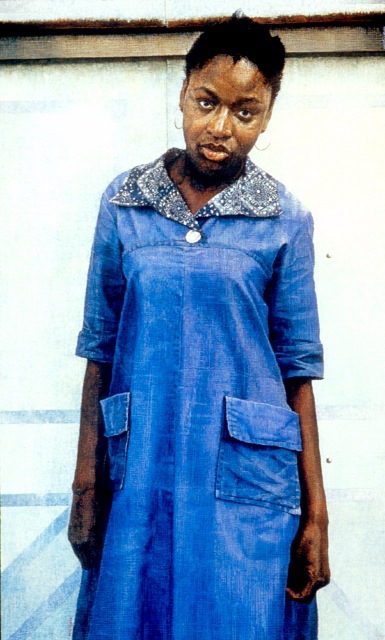
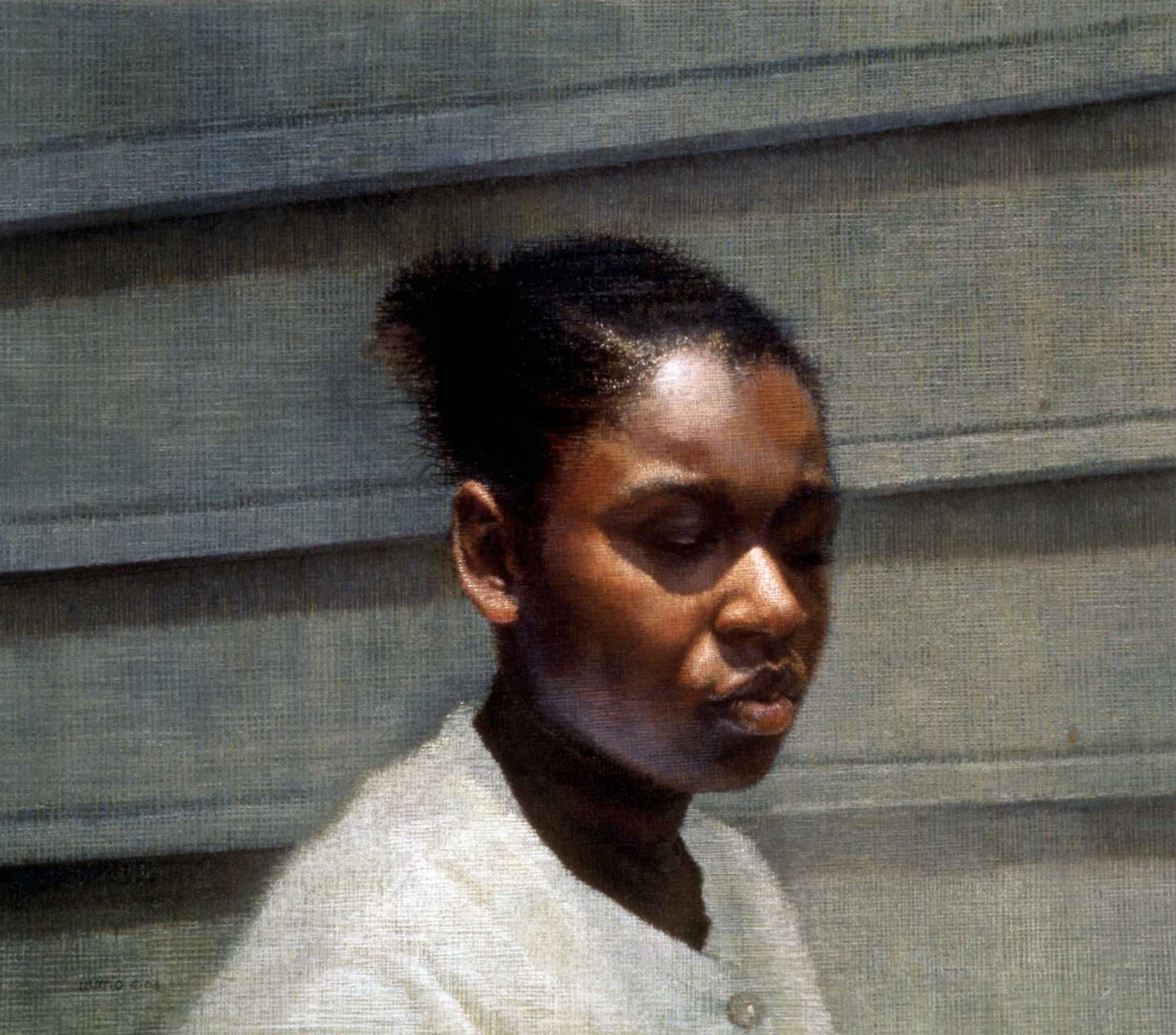
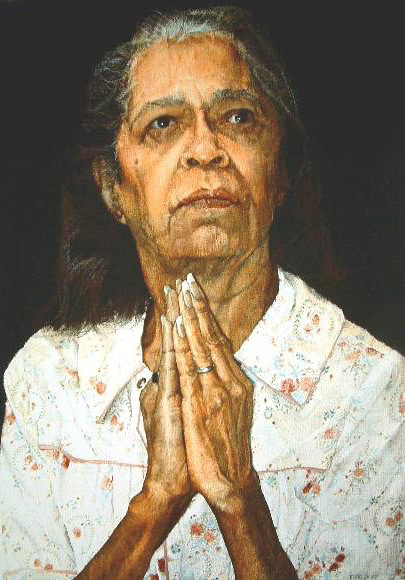
Learning Watercolor
As my pastel technique became more labor intensive, my hands began to ache, and the amount of time I was committing to each piece was no longer feasible.
I had always been attracted to the appearance of watercolor, particularly American masters such as Andrew Wyeth and Winslow Homer. The light they captured in their work seemed to radiate from the paper. I had always heard murmuring from artists regarding the difficulty of watercolor and subconsciously bought into the idea. I felt as if it was now or never, and the need to implement a more sustainable way of creating art was necessary.
When I began to use watercolor, there were as many hits as there were misses. I could see why the majority of professional artists avoided the medium. There were only a few artists, such as Dean Mitchell, Stephen Scott Young, and Burton Silverman who were creating watercolors on a high level, which were on par with works painted in oil.
As I experimented with watercolor, I found the learning process to be extremely demanding, and soon realized there was no effective way to correct mistakes. The first challenge I faced was the constant movement of the water and the pace at which it meanders across the paper. I was used to working with traditional art materials over which I had total control.
As I became more experienced, I accepted the spontaneity of watercolor and embraced its unpredictable nature. There is immediacy in the application of watercolor that can encapsulate a moment in time unlike any other medium.
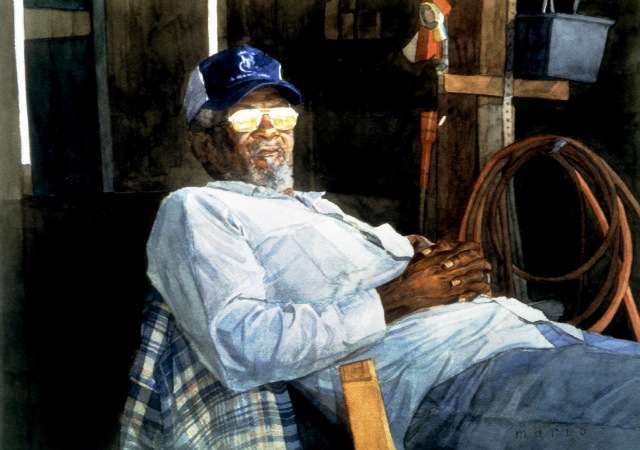
Shaping of an Artist
My work celebrates the people and places I love. I was born in a small rural town in Oklahoma and lived there until the age of twelve. My appreciation for blue collar workers and God-fearing individuals was forged during these formative years. The people in the community were not wealthy, but they were rich in character. There was a premium placed on family values and relationships.
As I observe the youth in our technological-obsessed era, they are vastly different than previous generations. I can still remember the jubilation of going to the corner store and choosing a pickle from the large jar on the counter. The anticipation of eating that pickle on the way home, as the juice dripped down my arm was exhilarating!
These simple moments have been replaced by the latest gadget or popular dance craze that pressure our young people to “fit in,” rather than pursuing their passions.
I firmly believe that we are all a sum total of our experiences. I cannot control the feelings of those who view my work; however, I hope they appreciate the love and admiration I have for the subjects I portray. The idea of painting “pretty” pictures bores me beyond belief.
There’s a public face we all exhibit to the world and a less-polished version of ourselves that is only revealed in private settings. It’s the unguarded moments of life that I seek to expose and share with the world.
I have experienced love, loss, moments of joy and disappointment in my life. These experiences have shaped my world and I am grateful for the opportunity to express my feelings through art. I am encouraged when I receive correspondence, stating that my paintings remind someone of their loved one. It affirms our connectedness as human beings.
ACTS ONE, TWO AND THREE
Act One
When I look at my body of work as a whole, it can be divided into three parts, just as a play has multiple acts. The first part was inspired by three years I spent in Huntsville, Alabama.
My mother’s job transferred her from New Jersey to Alabama in 1994 and I went with her to assist with the move. I found the people charming and the rural setting was reminiscent of my childhood. I painted extensively while living there and the imagery leans heavily in a southern direction. While I thoroughly enjoyed my time there, I didn’t consider it home and returned to New Jersey in the spring of 1997.
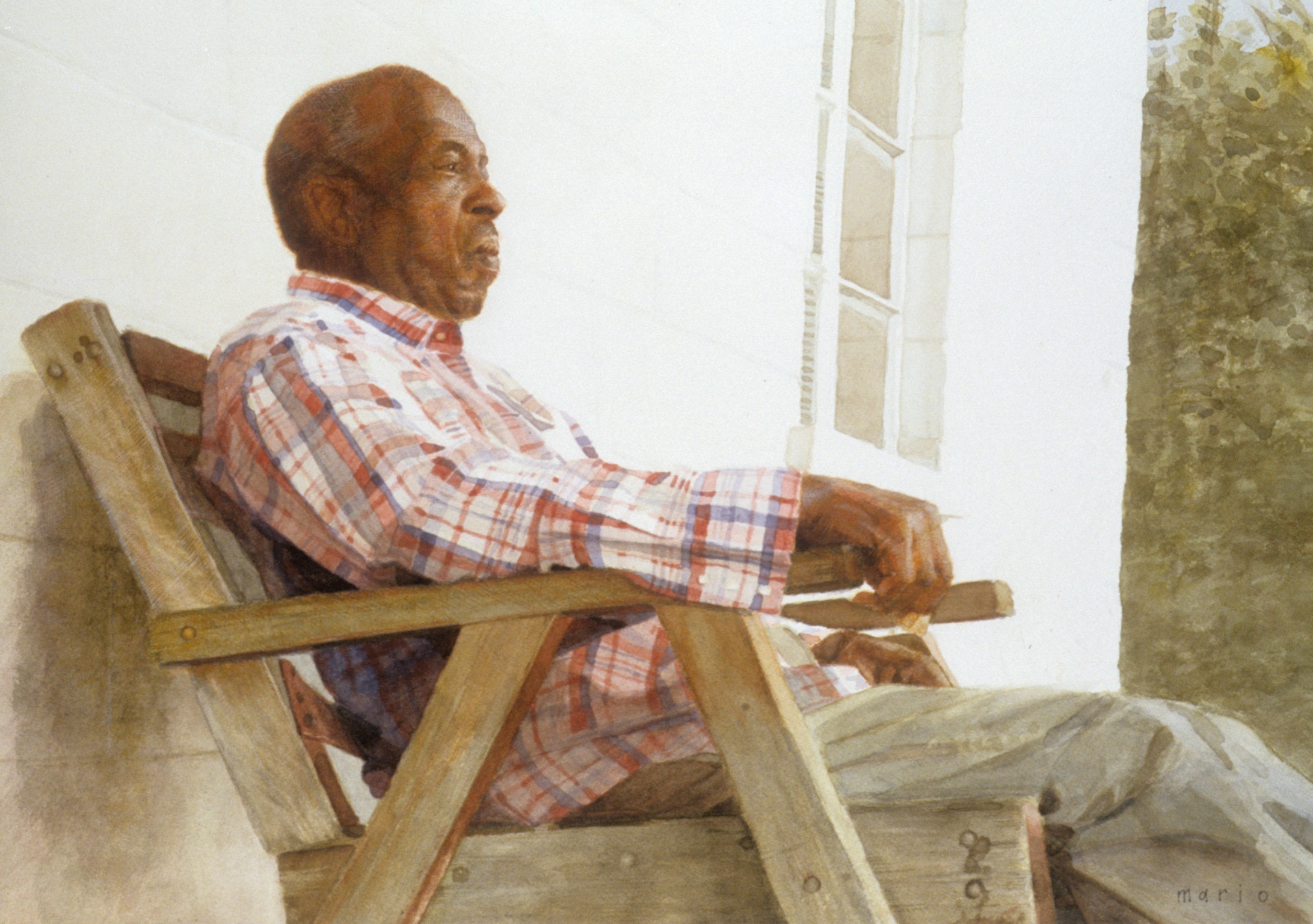
Act Two
The second part of my work is a return to the place of my birth. In 2005, I began to extensively depict members of my family. There were so many elements of my childhood that required reconciliation and my art was instrumental in my healing process.
I met my father for the first time at the age of 28, despite the fact that he lived in the same small town in Oklahoma during my youth. As an adult, our relationship grew organically, as I returned yearly to paint his portrait in various settings around town.
My maternal grandmother also appears regularly during this period. Despite losing her ability to speak as a result of a stroke in her mid-forties, her eyes expressed her feelings more clearly than words. Visiting the nursing home where she resided with my great-grandmother was one of my most potent childhood memories. Moving away from the people I loved was extremely traumatic at the time and heavily influenced my artistic vision.
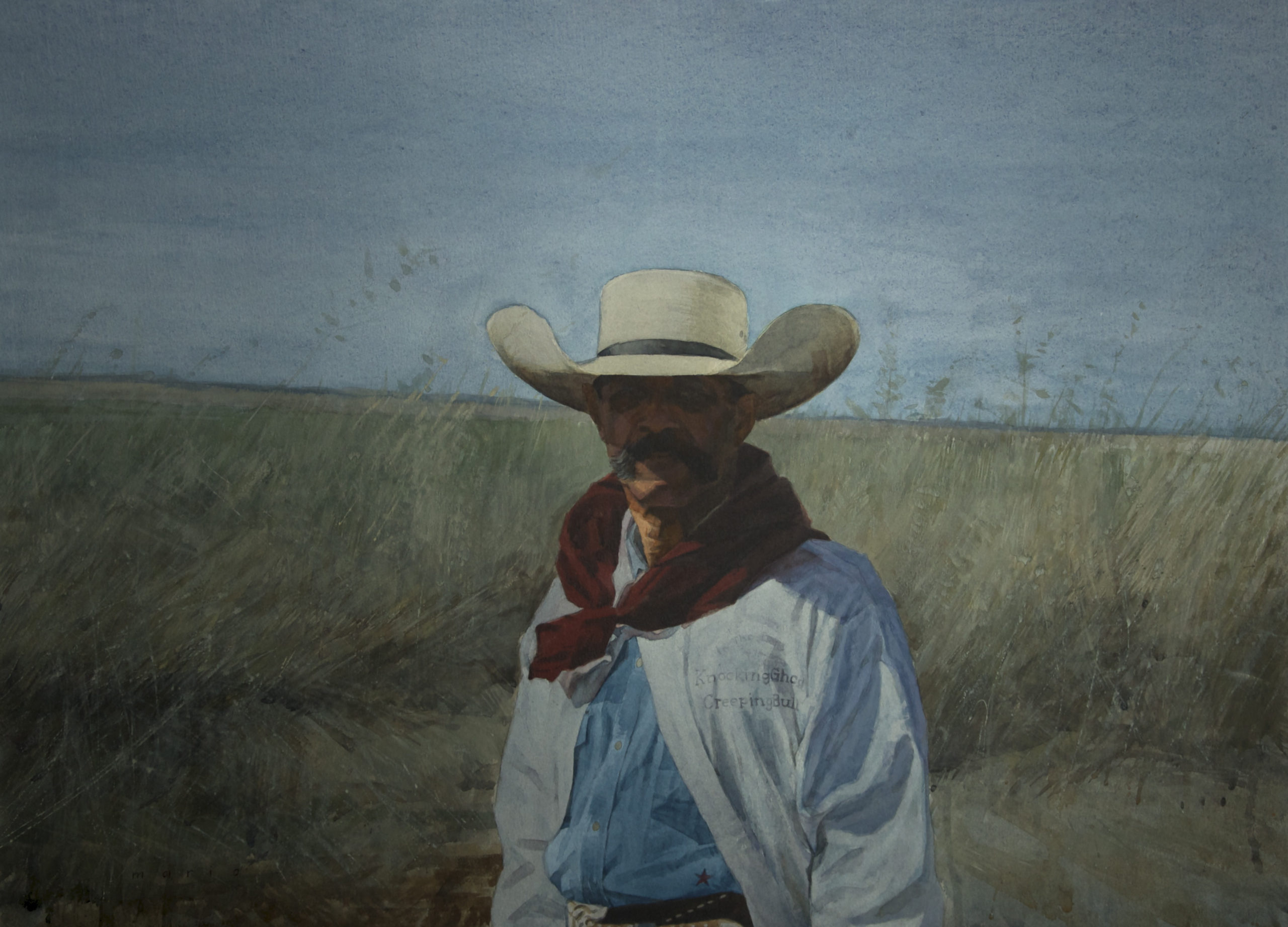
Act Three
The third part of my work is a full embrace of the place I’ve called home for 35 years. The scenic shore of New Jersey has become a source of inspiration for me in recent years. Its aesthetic beauty is undeniable; however, the significance it holds in my maturation makes it a compelling subject.
I am also more inclusive regarding the models I paint, as I travel and meet interesting people during my workshops and other social events. My recent work carries less baggage and allows me to focus more on the process of painting in a more enjoyable manner. As I shed each layer of the past, my work will stand as a testament of my growth. I suppose you could say the Final Act has yet to be written.
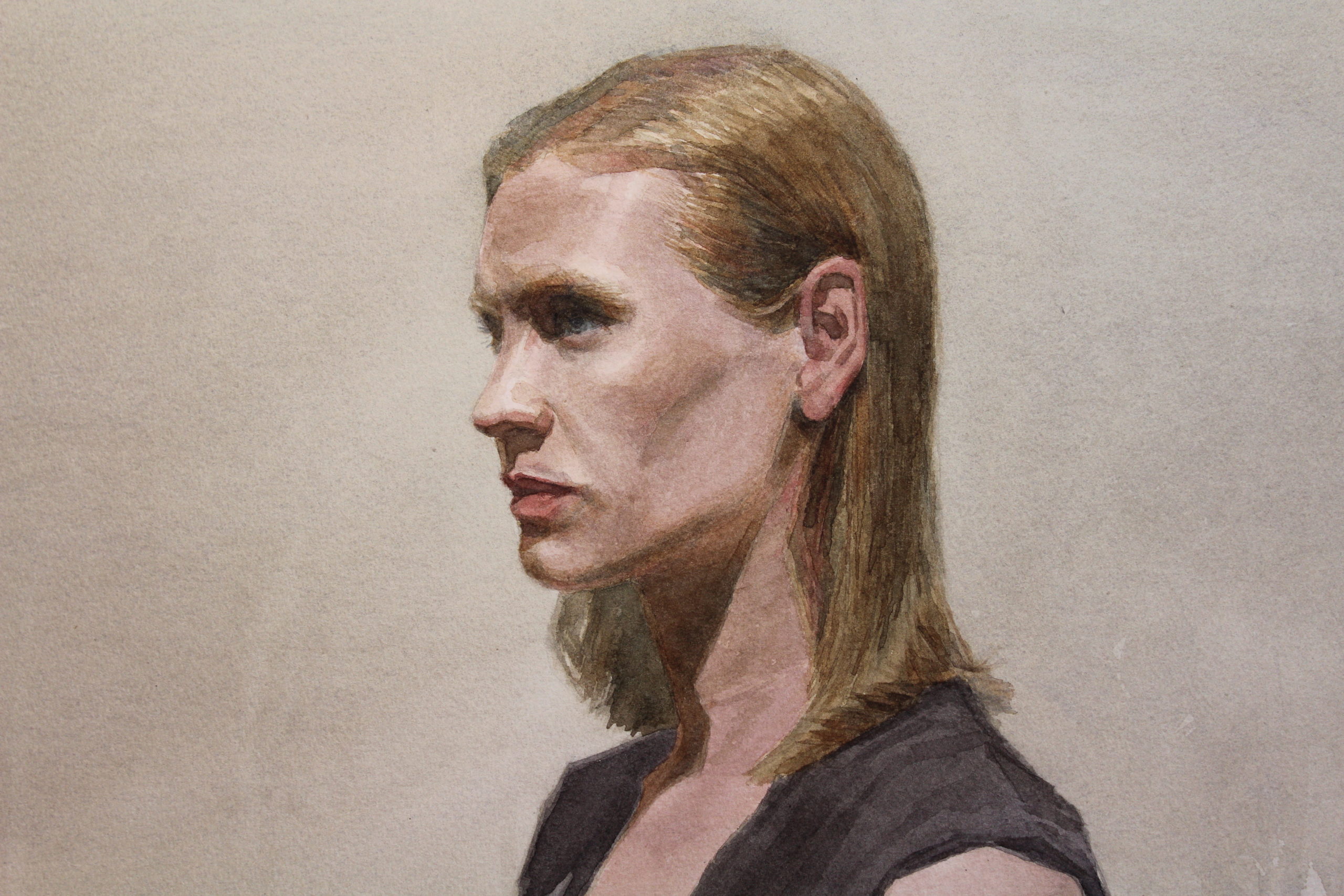
Fighting off Distractions
We are currently living in the Information Age and the daily barrage of imagery and opinions can seem overwhelming. The internet has become a necessary evil for artists seeking to broaden their exposure to art enthusiasts and socialize with like-minded individuals. However, it can also be a major distraction.
I have heard artists justify their internet addiction as “research” (insert eye roll). The first step to recovery is admitting you have a problem. It’s critical to balance your availability to others, whether on the World Wide Web or in everyday life. It shouldn’t offend your friends and family when you create boundaries.
The creation of art is a selfish pursuit, which requires many long hours, spent in isolation. If this sounds daunting to you, maybe you should consider another career. A career in the arts is demanding; however, the rewards far outweigh the sacrifices.
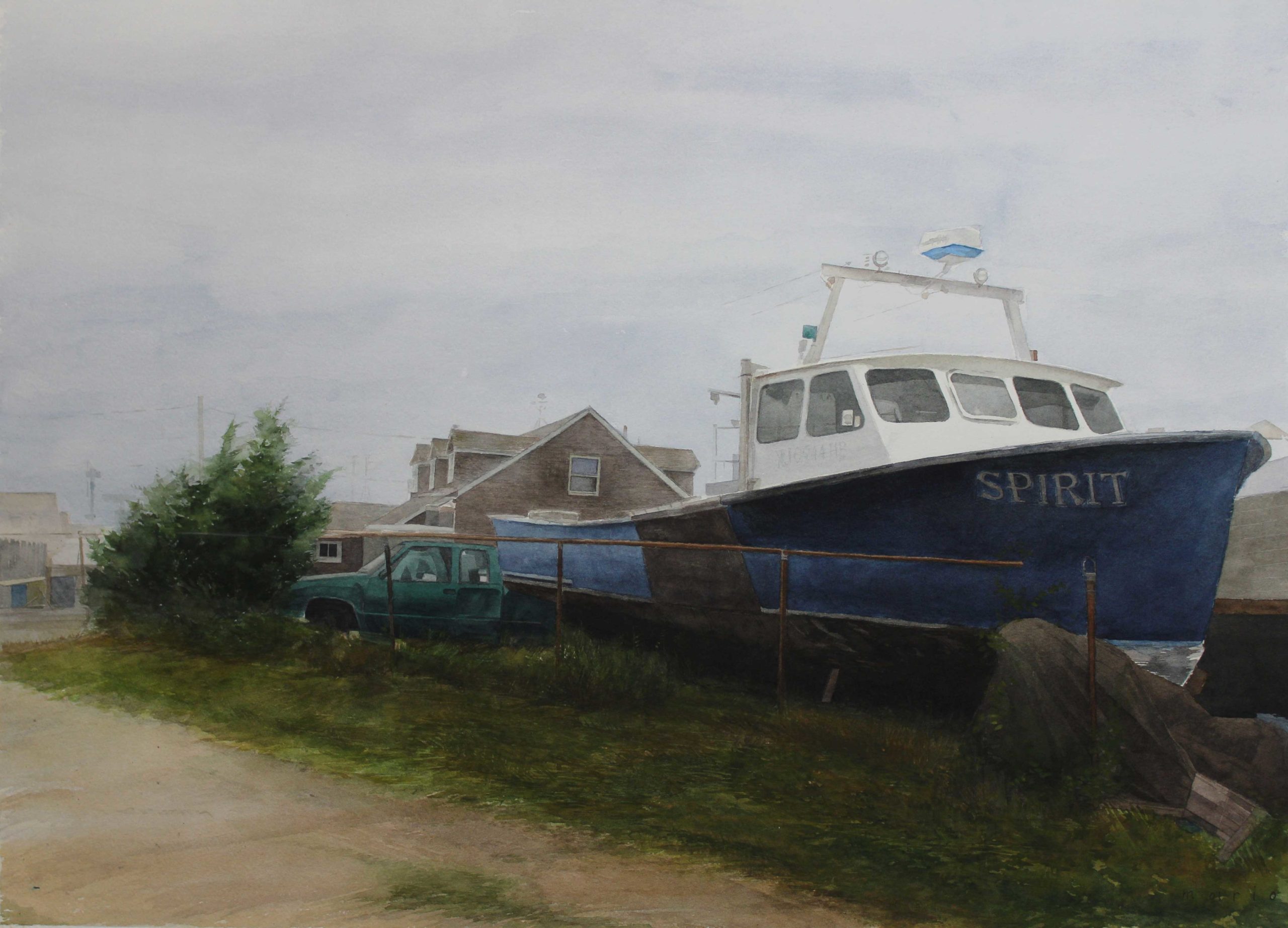
Learn more about Mario Robinson at: marioarobinson.com
Related Article > Watercolor Artist Mario Robinson: The Winds of Change


